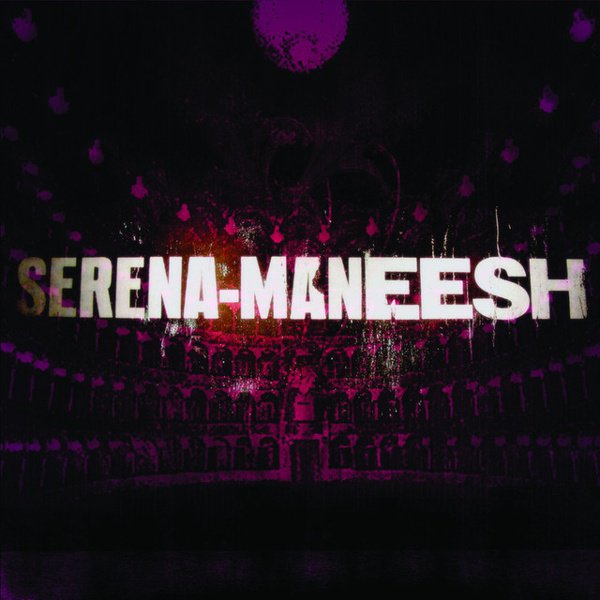At the end of the 20th century, shoegaze seemed over, left behind. Crushed in terms of public attention by grunge and alternative-as-such in the US and by what became Britpop in the UK, most of the original first wave UK groups had broken up for one reason or another, while the inadvertent flagbearers, My Bloody Valentine, were in deep hibernation as its members engaged in other projects. There were pockets of continuing interest scattered worldwide, with the American-based Clairecords label essentially becoming a standard bearer for the general approach while the Italian fanzine Losing Today held a particular pride of place in print terms, but the sound’s influence, however broadly defined, was more felt secondarily – any number of 90s psych rock and post-rock acts were clearly inspired at least in part by the approach, while MBV had vocal cheerleaders ranging from Bob Mould, specifically via his work in Sugar, to the Smashing Pumpkins, to Daft Punk. Beyond that, though, shoegaze was seen as insular, unpopular and at best stuck in a rut.
By the time the 21st century was two decades in, however, that situation had changed radically. While never truly becoming a world conquering sound in terms of pop chart success, shoegaze had become a real genre of sorts, or at the very least a standard term that described a generally understood sonic approach which many different artists embraced, a consistent and self-perpetuating idea. Assisted by the deepening impact of the Internet and social media – and quite possibly helped by the style’s favoring of often blurred or never fully comprehensible vocals – wider transnational connections were formed, while numerous reissues and often subsequent reunions (not to mention MBV’s reactivation) helped bring some of the style’s founders back into the mix. New labels heavily dedicated to the approach emerged, such as the UK’s Sonic Cathedral and Club AC30, both of which grew out of increasingly popular club nights. Meanwhile, more technically-minded efforts like Death By Audio, the guitar pedal company of A Place To Bury Strangers’s lead figure Oliver Ackermann, further carved out creative spaces of their own. The crossover between various forms of heavy metal and shoegaze was especially prolific, but this sampling of albums in the wider general style, including a number showing how the continuing transformative impact of electronic approaches, gives a good sense of shoegaze’s resilience.




















